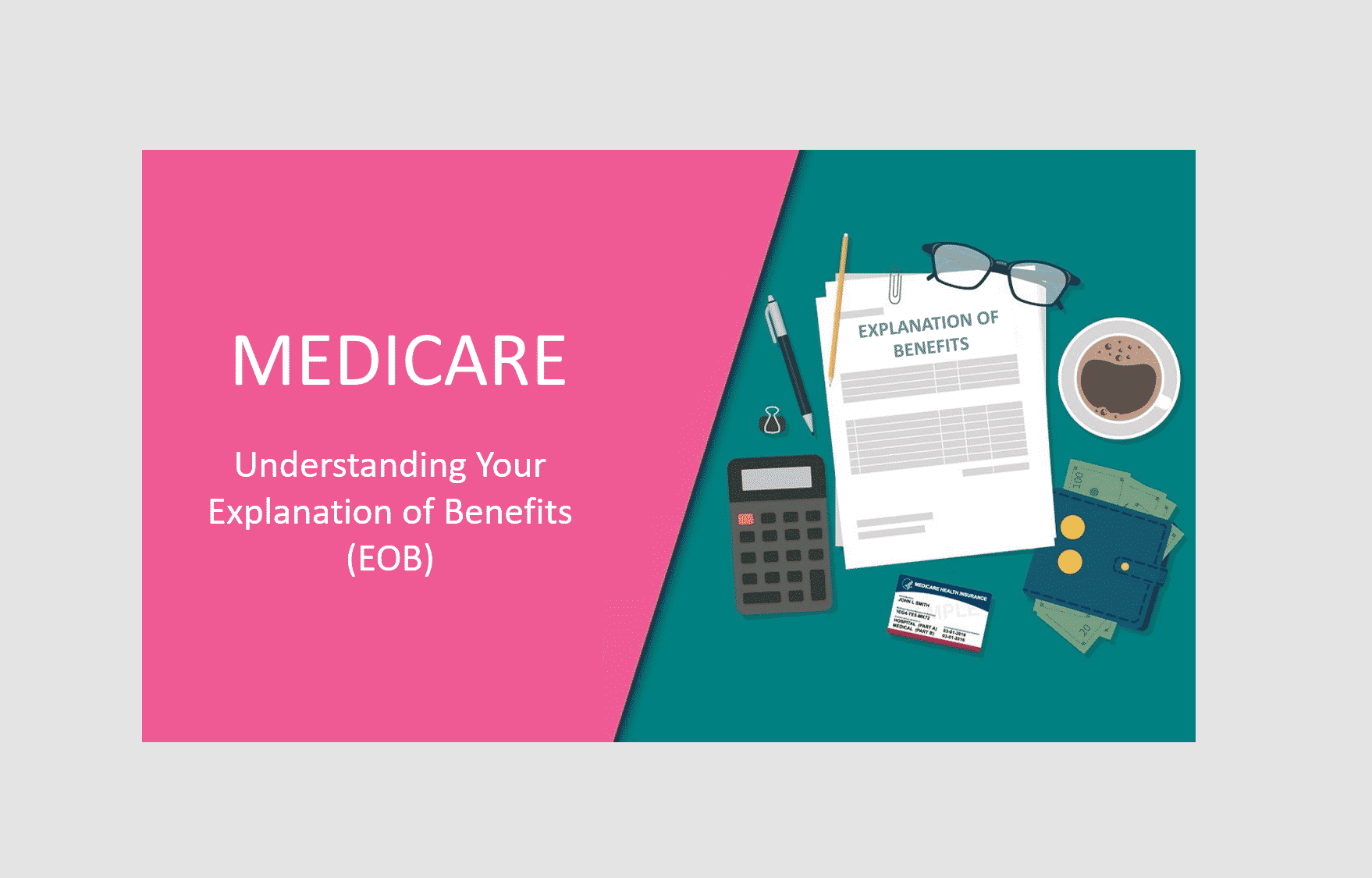
You’ve been to the doctor and paid your copay. How are you going to know when your claim is filed and finalized? Simple, you’ll get your Explanation of Benefits (EOB). Your EOB will break down the service you received at the doctor’s office, the cost, and what you might have to pay.
What
Is an EOB?
An EOB is a notice you get when a health care benefits claim is processed by your health plan. The EOB shows the expenses submitted by the provider and how the claim was processed. In most cases, an EOB will be mailed to you after a claim has been finalized. If you signed up for paperless statements, you’ll get an email notice when your EOB is ready for viewing through your online account.
The
EOB Has 3 Main Sections
- Total of Claim(s): this section highlights the major financial information about your claims – the amount billed, total benefits approved, and the amount you may owe to the provider. Sometimes one EOB may contain more than one claim.
- Service Detail: this section identifies each service you received, the facility or physician, dates of service, and the charges – both billed and allowed. This section also breaks out the savings that your plan benefits provides for you, negotiated provider discounts, and other deductions from amounts that may not be covered.
- Summary: this section shows you a clear picture of your deductible, coinsurance, copays, and health spending accounts, if applicable.
Keep
in mind, every plan is different and the charges on your EOB are according to
your plan’s coverage and the services you received.
Always
Check Your EOBs
Your EOB is an important record of claims for medical services paid from your benefits. You need to carefully check your EOB. You want to be sure that the services you received match the services you were billed for. If something looks wrong, call your insurance carrier using the number on the back of your Member ID card or call your doctor to ask about it. Then, keep your EOBs for future reference — just in case questions come up later about your claim or your bill.





